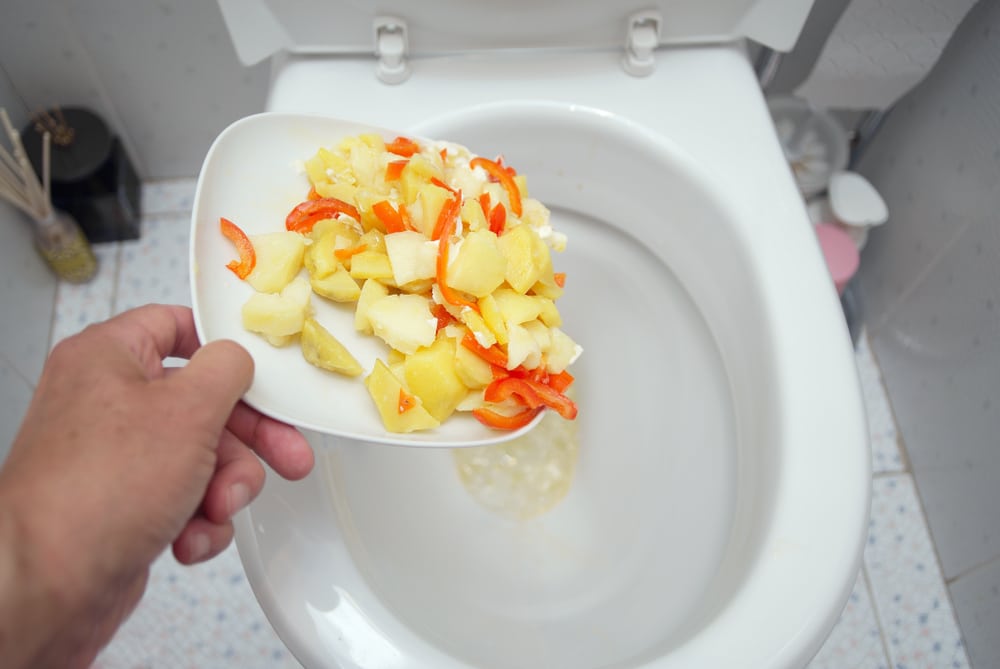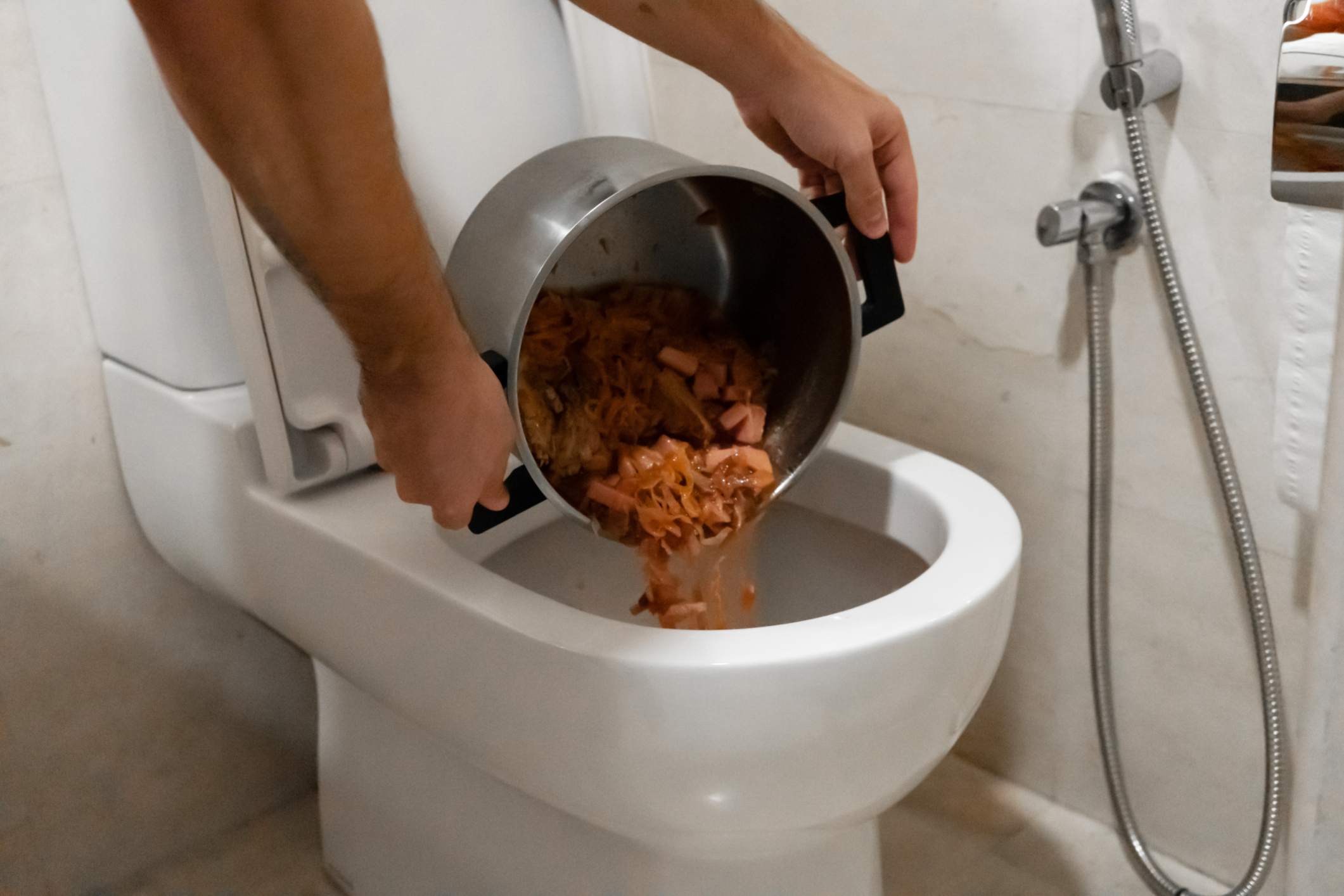Do you find yourself interested in info concerning Think Twice Before Flushing Food Down Your Toilet?

Intro
Many people are typically faced with the dilemma of what to do with food waste, especially when it comes to leftovers or scraps. One usual inquiry that develops is whether it's fine to purge food down the bathroom. In this short article, we'll delve into the reasons that people could think about purging food, the consequences of doing so, and different approaches for proper disposal.
Reasons individuals could consider flushing food
Lack of awareness
Some individuals may not know the potential damage brought on by purging food down the commode. They might incorrectly believe that it's a harmless practice.
Benefit
Flushing food down the toilet might feel like a fast and easy remedy to throwing away unwanted scraps, especially when there's no close-by trash can available.
Idleness
Sometimes, individuals may just pick to flush food out of sheer negligence, without considering the consequences of their actions.
Effects of flushing food down the commode
Ecological impact
Food waste that ends up in rivers can add to pollution and damage aquatic ecosystems. Additionally, the water made use of to flush food can stress water sources.
Pipes problems
Purging food can result in blocked pipelines and drains, causing expensive plumbing repair services and aggravations.
Types of food that need to not be purged
Fibrous foods
Foods with fibrous textures such as celery or corn husks can obtain entangled in pipes and create obstructions.
Starchy foods
Starchy foods like pasta and rice can absorb water and swell, resulting in clogs in pipes.
Oils and fats
Greasy foods like bacon or food preparation oils must never ever be flushed down the commode as they can strengthen and cause blockages.
Correct disposal methods for food waste
Utilizing a waste disposal unit
For homes furnished with waste disposal unit, food scraps can be ground up and purged through the plumbing system. However, not all foods are suitable for disposal in this way.
Recycling
Specific food packaging materials can be recycled, minimizing waste and decreasing ecological effect.
Composting
Composting is an environmentally friendly method to dispose of food waste. Organic materials can be composted and made use of to enhance dirt for gardening.
The importance of proper waste administration
Reducing ecological injury
Appropriate waste administration methods, such as composting and recycling, assistance minimize pollution and preserve natural deposits for future generations.
Safeguarding pipes systems
By staying clear of the practice of flushing food down the bathroom, home owners can avoid expensive pipes repair services and maintain the integrity of their pipes systems.
Verdict
Finally, while it might be appealing to purge food down the bathroom for comfort, it's important to comprehend the potential effects of this activity. By taking on appropriate waste administration methods and throwing away food waste properly, people can contribute to much healthier pipes systems and a cleaner environment for all.
FLUSH FOOD DOWN THE TOILET?
FLUSHING FOOD CAN CAUSE BLOCKED DRAINS IN YOUR HOME
All of the plumbing fixtures in your home are connected to the same sewer pipe outside of your home. This outdoor sewer pipe is responsible for transporting all the wastewater from your home to the Council sewer mains. Even small pieces of food that go down the kitchen sink can cause problems for your sewer. It should therefore be obvious that flushing larger bits of food, such as meat, risks a clog in either the toilet itself or the sewer pipes. Flushing greasy food is even more problematic because oil coagulates when it cools, coating the interior lining of your pipes.
THE TOILET IS NOT A BIN
Food isn’t the only thing that people shouldn’t be flushing down the toilet. People use the toilet to dispose of all kinds of things such as tampons, makeup wipes, dental floss, kitty litter and even underwear. Water goes to great lengths to educate residents about the high costs and stress placed on wastewater treatment systems simply from people flushing the wrong stuff down the toilet. It costs taxpayers millions of dollars each year, and homeowners thousands in blocked drain repairs.
FLUSHING FOOD IS A WASTE OF WATER
Flushing food is a waste of our most precious resource - water. In June this year Level 1 water restrictions were introduced to protect water supply from drought conditions. Much of New South Wales continues to be affected by prolonged drought with recent figures revealing up to 97 per cent of the state remains in drought. Depending on whether you have a single or dual flush toilet, every single flush uses between five and 11 litres of water. In the current climate this is a huge amount of water to be wasting on flushing food that should be placed in the bin (or better yet, the compost).
https://www.jabplumbingsolutions.com.au/blog/can-you-flush-food-down-the-toilet

As an avid person who reads about Think Twice Before Flushing Food Down Your Toilet, I assumed sharing that portion was a good idea. If you please take the opportunity to distribute this post if you liked it. I take joy in reading our article about What Can Happen If You Flush Food Down the Toilet?.
Get An Estimate
Comments on “Can One to Dispose of Food in the Toilet?”